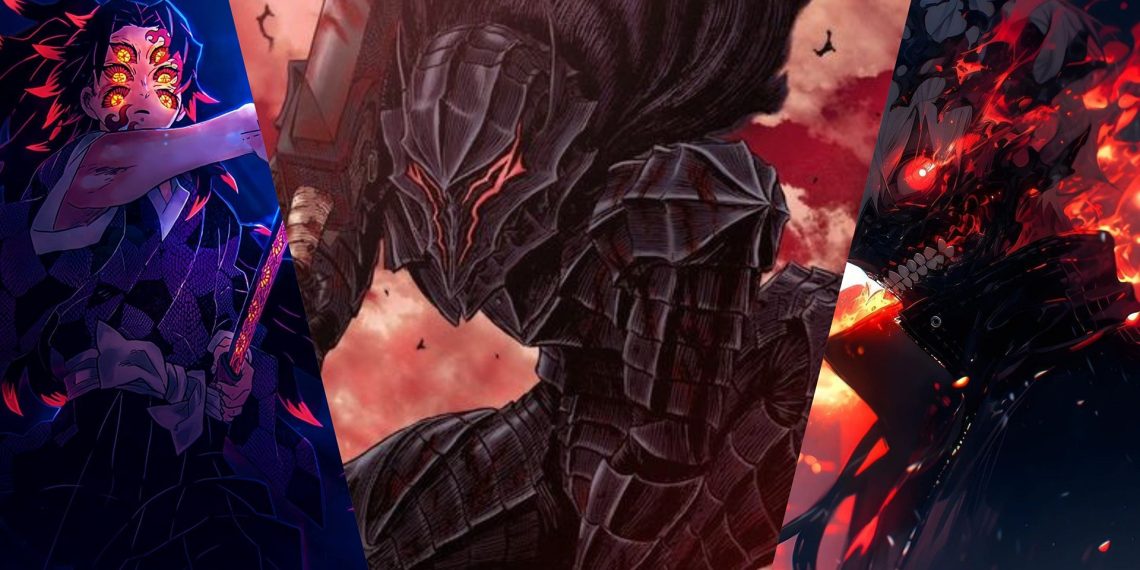Fans of modern Japanese pop culture have a plethora of options to choose from, including manga, anime, light novels, and games, each offering its own unique perks and features.
Among these, anime arguably holds the position of prominence, grabbing audiences worldwide as the quintessential animated television experience.
One of the standout advantages of anime, particularly in comparison to light novels and manga, lies in its potential for remarkable production quality, often resulting in visually stunning creations.
The evolution of Japanese anime has been remarkable, transitioning from the low-definition, low-framerate productions of the 20th century to today’s standards, where audiences have grown accustomed to exceptionally high-quality animation.

While it’s true that stellar animation alone cannot salvage a poorly written story, it remains a pivotal factor that entices fans to return for more. In fact, the expectation of top-notch animation has become so ingrained among fans that it is now taken for granted.
Despite the importance placed on animation quality, it’s essential to recognize that there are valid counter-arguments that help maintain a balance.
Once Animation Achieves Excellence, There’s No Turning Back

Once animation reaches a certain level of excellence, there’s simply no turning back. Human creativity has always thrived across the decades, yet the technological limitations of TV, movies, video games, and Japanese anime once hindered the full realization of an artist’s vision.
While novels and paintings offer traditional avenues for creative expression, the advent of high-definition (HD) animation has revolutionized the storytelling experience for pop culture enthusiasts.
Although Japan has long been renowned for its literary prowess and live-action entertainment, the emergence of high-quality anime represents a relatively recent development in creative expression.
Anime now stands shoulder to shoulder with mainstream artistic mediums like paintings and live-action films, contributing to its global dominance within the entertainment industry.
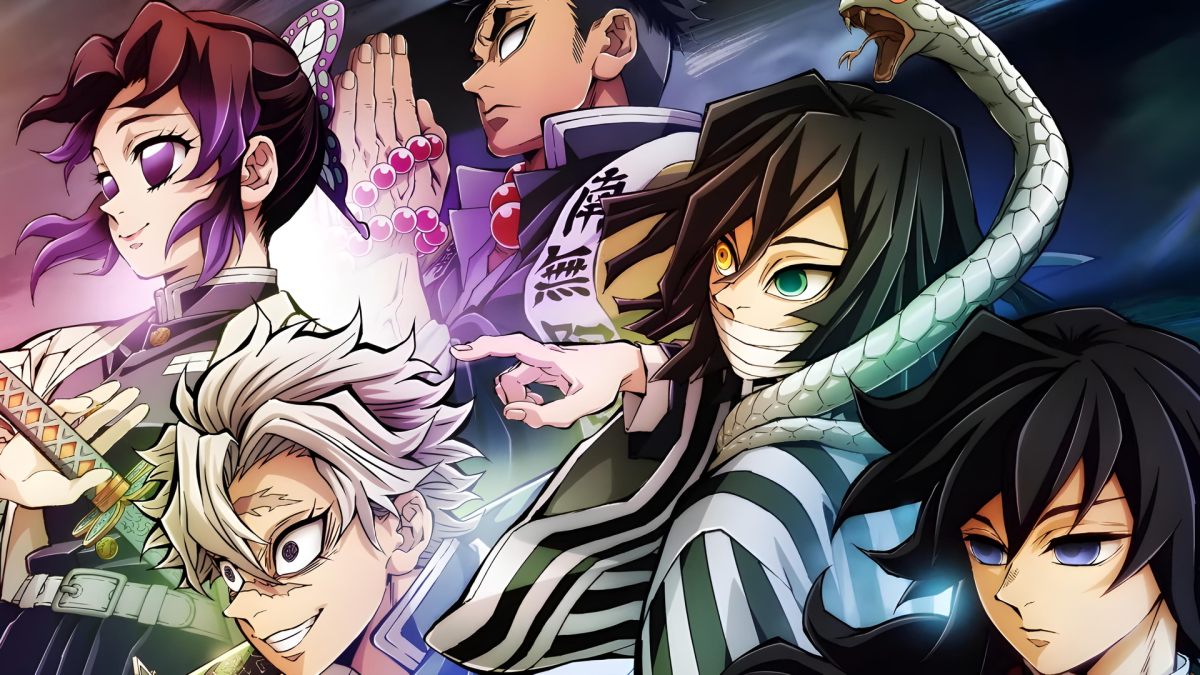
Moreover, the continuous refinement of animation techniques coupled with anime’s inherent advantages solidifies its position as a powerhouse of modern culture.
Over the decades, Japanese anime has undergone a remarkable evolution in production values, transitioning from modest beginnings in the 1980s to the dazzling visual spectacles of today.
This progression encompasses advancements such as higher frame rates, the integration of HD visuals, and sophisticated camerawork, all of which have become hallmarks of renowned anime series.
A prime example is the journey of “Demon Slayer” manga, which, despite its solid narrative foundation, catapulted to global acclaim following its adaptation by studio UFOtable into a visually stunning anime series.
If we rewind back to the 1980s, anime would have been vastly different. This sentiment rings especially true for contemporary shonen masterpieces like Attack on Titan and Jujutsu Kaisen, which have transcended their manga origins to become cultural icons of the modern era.
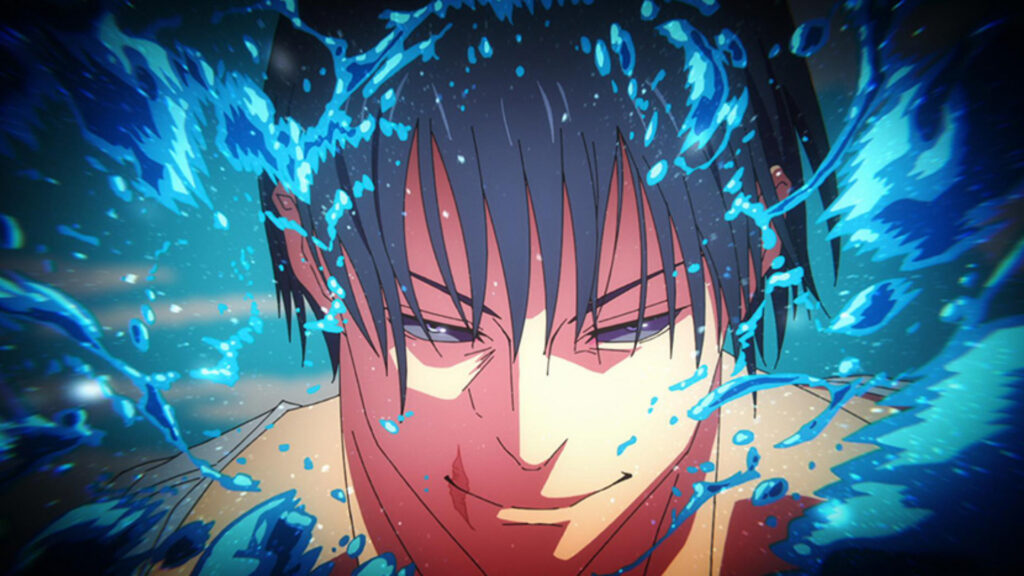
This observation doesn’t detract from the creative genius of authors like Hajime Isayama; rather, it underscores the profound impact of high-quality anime in shaping popular culture. While fans certainly appreciate manga, it’s the allure of top-tier anime that truly grabs audiences.
The evolution of anime production values and animation quality has become a cornerstone of the fan experience, and there’s no turning back.
Viewers have grown accustomed to the heightened visual standards exemplified by series like Jujutsu Kaisen Season 2 or the gripping battle sequences of Attack on Titan. These exceptional anime productions have effectively raised the bar for the industry as a whole.
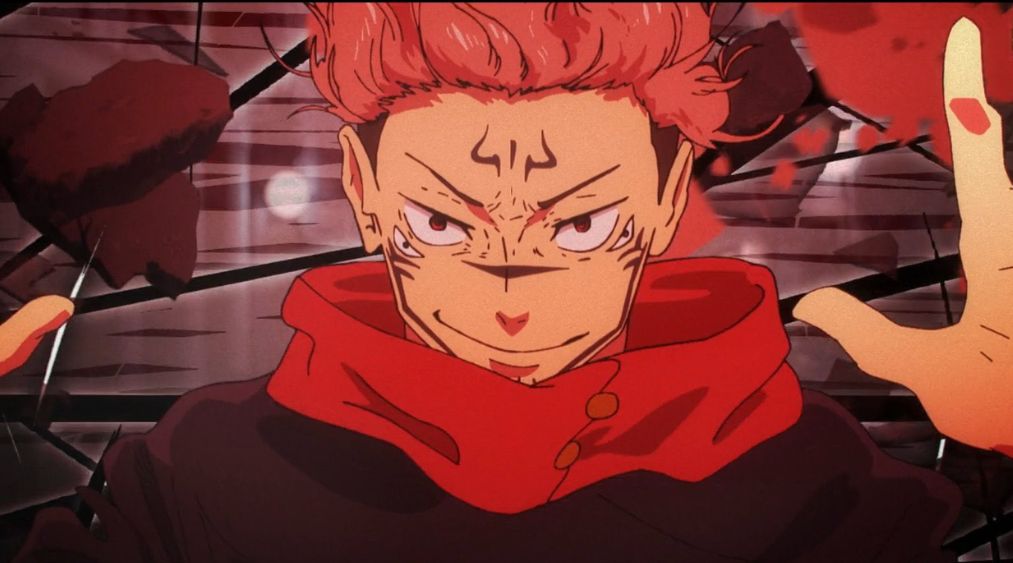
Although there are occasional exceptions, such as deliberately simplistic and cartoonish visuals seen in works like Panty and Stocking with Garterbelt, they remain outliers.
High-definition (HD) anime has firmly established itself as the new standard, characterized by advanced camerawork, fluid animation, and vibrant imagery that breathes life into characters, supernatural elements, and immersive backgrounds.
Despite the considerable demands placed on anime studios to maintain this level of quality, there’s little choice but to uphold this trend and continue delivering top-notch productions. In essence, HD anime has become the norm, and there’s no indication that this trend will wane or reverse course any time soon.
The Advantage of High-Quality Production Values in Anime over Manga/Light Novels
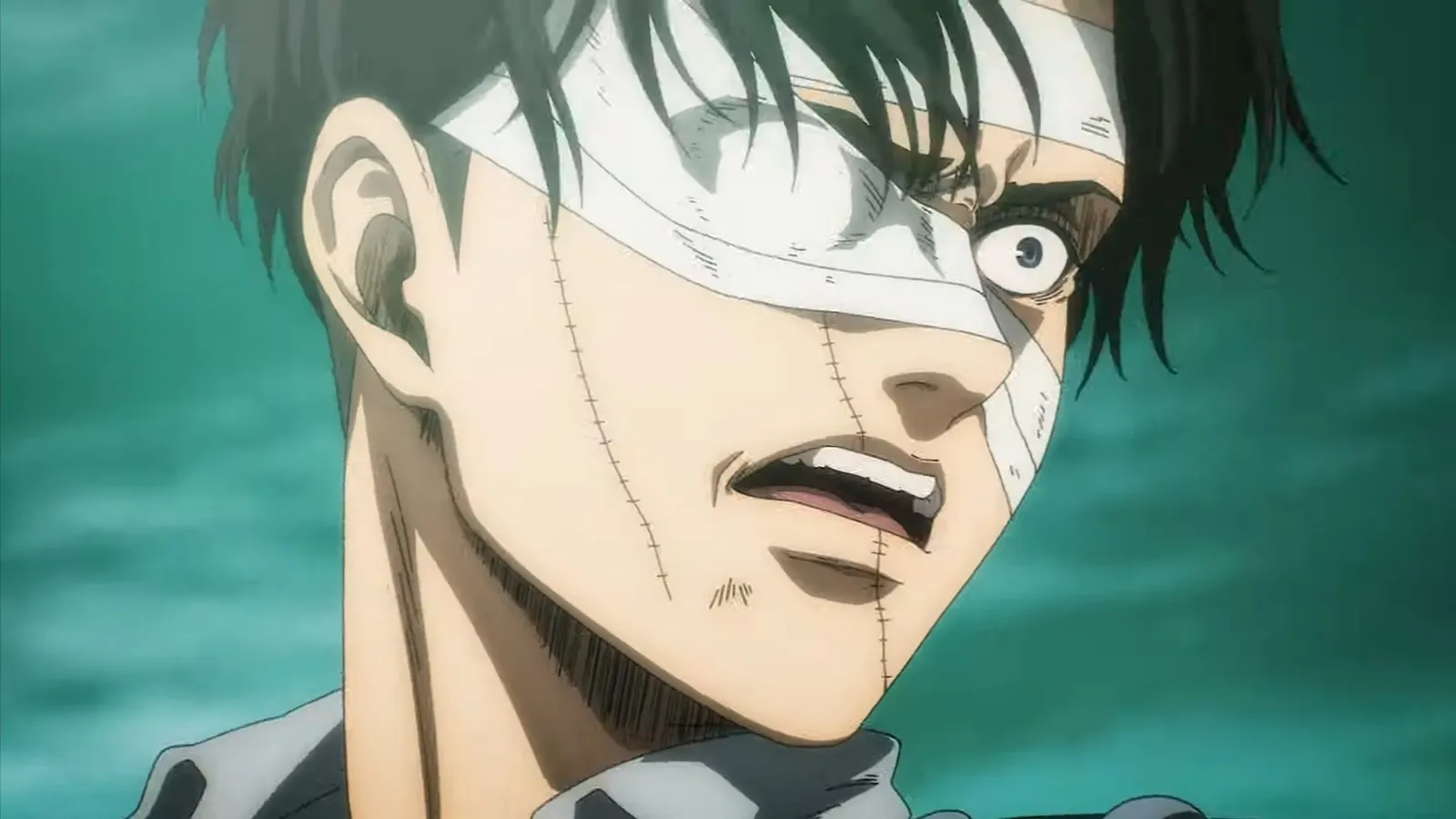
The pursuit of top-tier production values in anime isn’t solely driven by fan expectations; it also plays a pivotal role in giving anime a distinct advantage over manga and Japanese light novel series, both of which boast dedicated followings.
While there’s considerable overlap among these industries, they each offer unique elements, and creators strive to leverage their respective strengths.
Anime enjoys a significant edge thanks to its ability to harness cutting-edge production values, a relatively recent but immensely powerful aspect of the medium. Factors such as frame rates, high-definition visuals, soundtracks, stellar voice acting, and even memorable credit sequences contribute to elevating the anime experience.
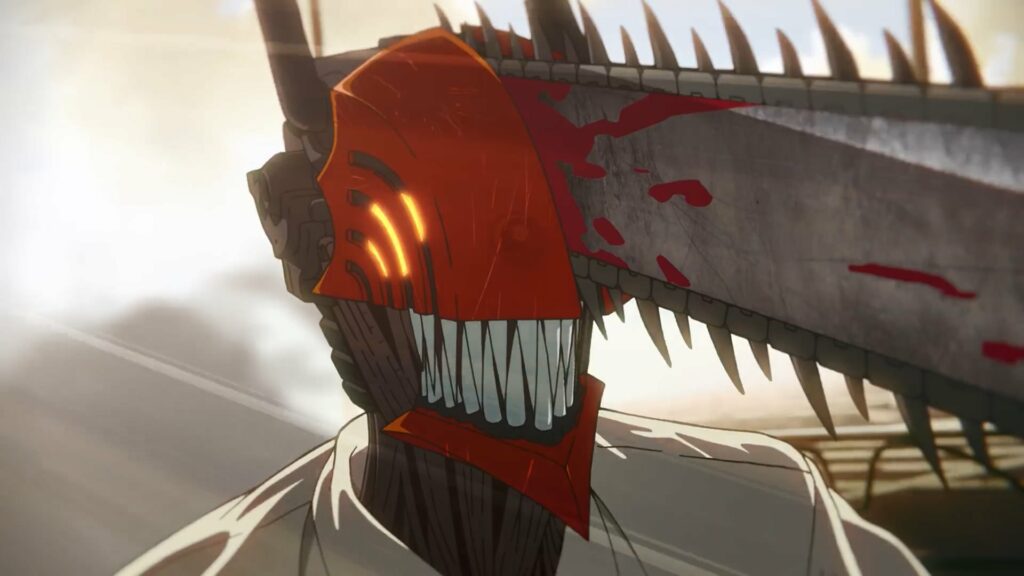
Take “Chainsaw Man,” for instance, a series that deftly breaks convention by featuring a different song for each outro credits sequence.
By prioritizing exceptional production values, modern anime can distinguish itself from its manga counterparts, capitalizing on aspects that manga cannot replicate. However, merely being anime isn’t sufficient to secure success.
A poorly executed anime adaptation has the potential to elicit disappointment or even anger from fans, as evidenced by the reception of the 2016 adaptation of Berserk. Conversely, a mediocre anime adaptation may provide temporary enjoyment but ultimately fade from memory.
The original manga remains the gold standard and the most dependable way to experience the story, underscoring the importance of anime maximizing its inherent advantages to surpass its source material.
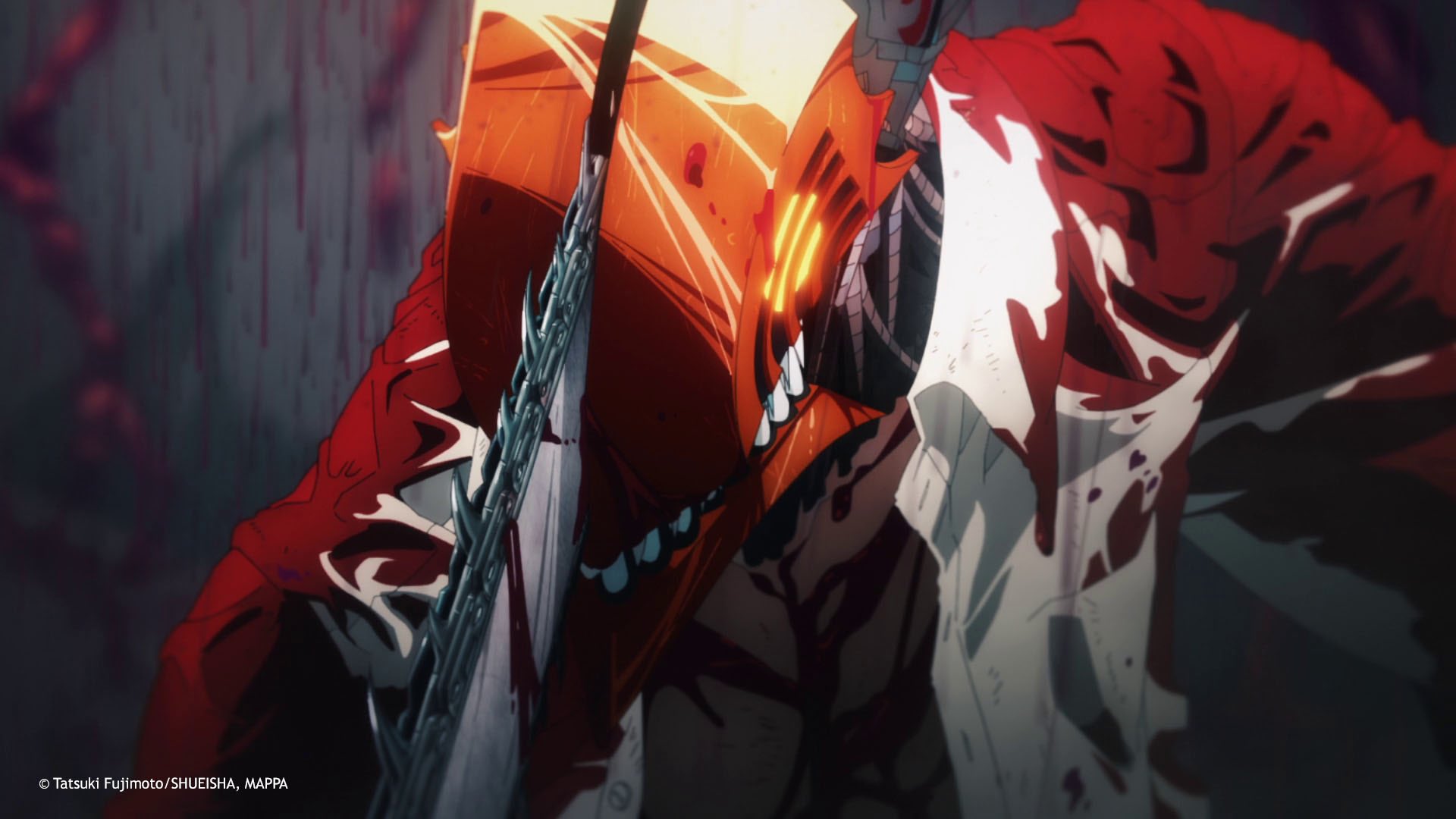
Successful cases like Demon Slayer and Attack on Titan have achieved legendary status precisely because their anime adaptations excel in leveraging animation, sound, and storytelling techniques to enhance the narrative beyond what the manga alone could accomplish
. These series exemplify how anime can hype a story to new heights by delivering an experience that transcends mere movement and sound.
Gege Akutami’s Jujutsu Kaisen manga enjoys widespread acclaim among fans, presenting a formidable challenge for any anime adaptation seeking to surpass its source material.
Studio MAPPA rose to the occasion, producing an extraordinary anime that not only does justice to the original work but also propels Jujutsu Kaisen’s fame to even greater heights.
The Cost of High-Quality Anime Extends Beyond Financial Expenses
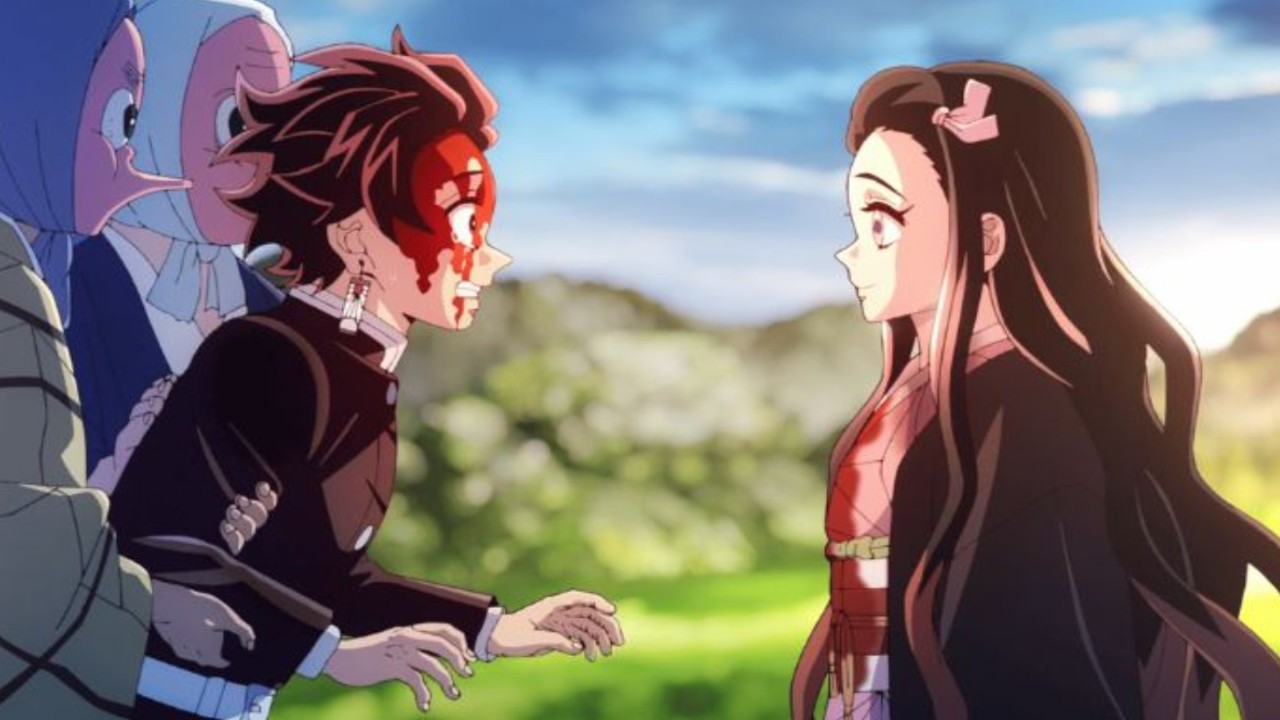
The rise of high-quality anime, exemplified by renowned series like Attack on Titan and Demon Slayer, has undeniably set a new standard in the industry, shaping fans’ expectations accordingly. However, achieving such excellence comes at a significant cost, not just in terms of financial investment but also in human effort.
Behind the scenes, the Japanese anime industry grapples with controversies surrounding overwork, underpayment, and burnout among its staff, a reality vividly portrayed in instances such as the production of Jujutsu Kaisen.
This plight bears similarities to the challenges faced by manga authors, who often endure unhealthy pressures to meet demanding deadlines, as tragically exemplified by the late Kentaro Miura.
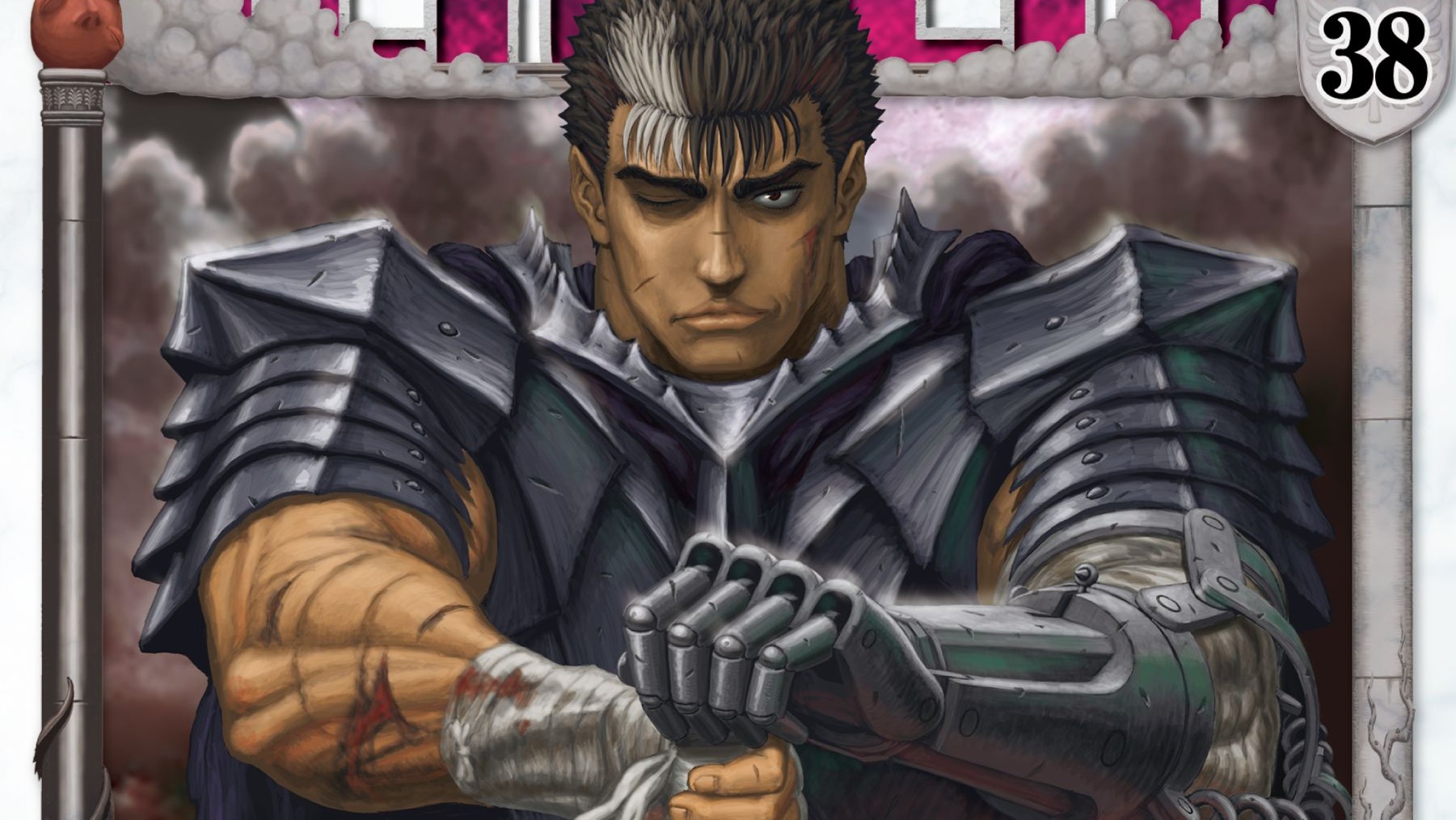
Fortunately, there’s been a growing recognition of the need for manga artists to prioritize their health, with publishers and fans alike granting them the space for much-needed breaks and self-care.
However, the dynamics in the anime industry differ, partly due to the pressure to adhere to broadcasting schedules, which may not afford the same flexibility as the periodic releases of manga chapters.
Furthermore, the potentially higher financial stakes in anime production may intensify the pressure on studios to churn out content, even at the expense of animator welfare.
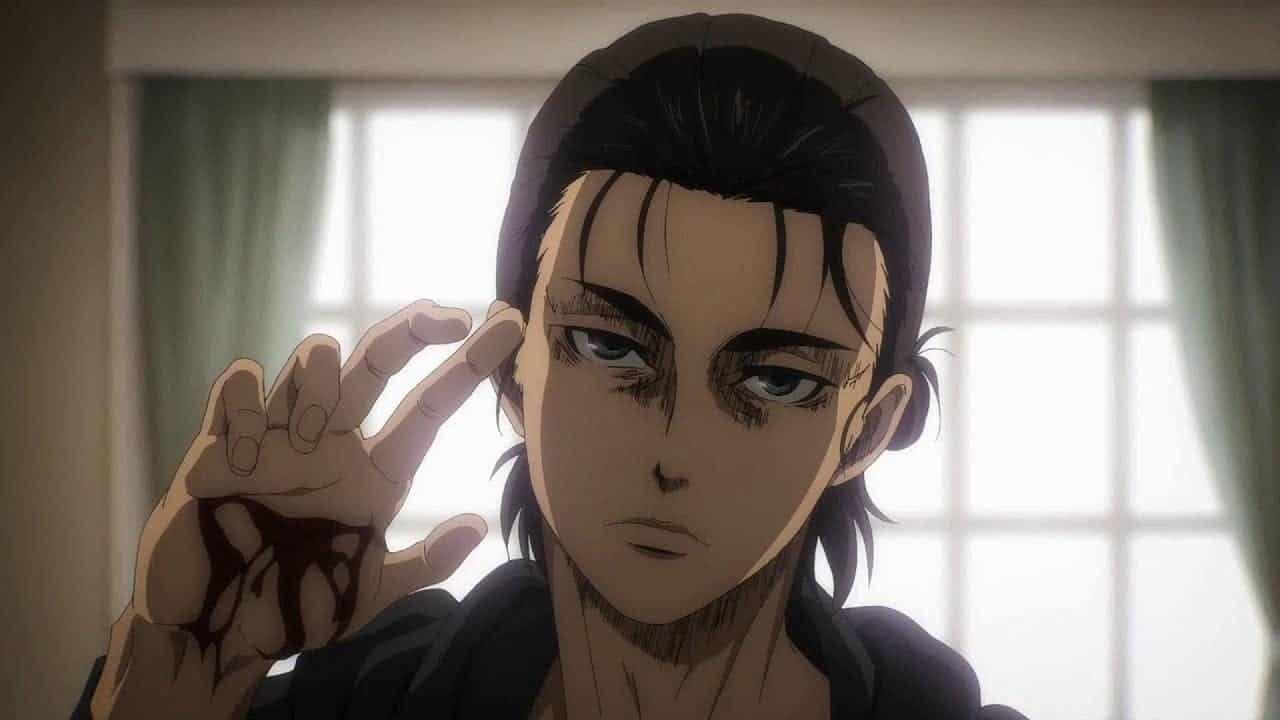
Nevertheless, fans are increasingly cognizant of the toll this takes on the individuals behind their favorite shows.
Despite the industry’s challenges, fans express gratitude for the dedication and hard work of animators, demonstrating patience and understanding while awaiting new seasons of beloved series like Jujutsu Kaisen or Attack on Titan.
While expectations for peak animation quality remain high, fans acknowledge the human limitations of creators and advocate for their well-being.
Top Manga Indicate that Peak Animation Can Be Overvalued
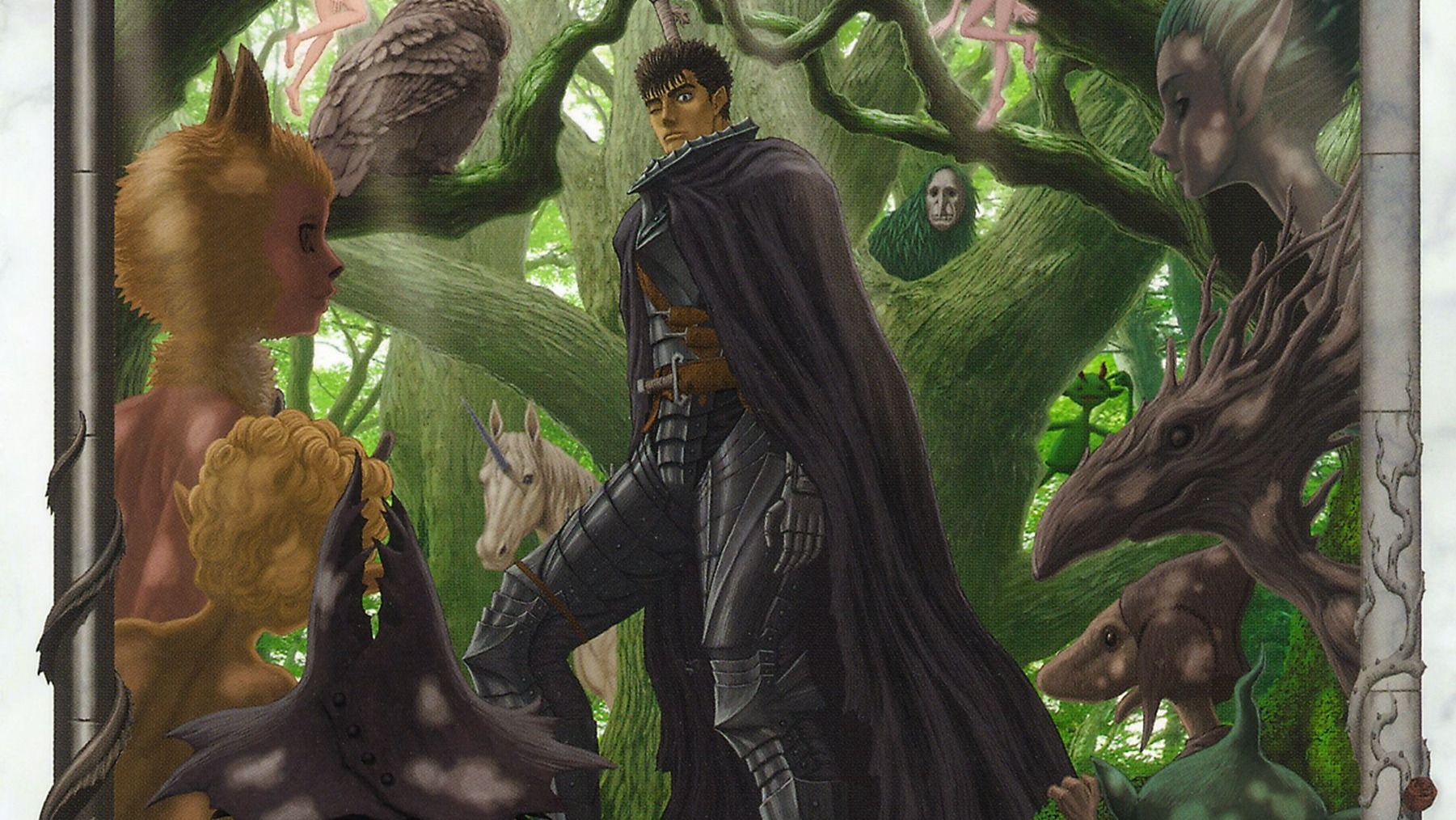
While anime undoubtedly holds a strong appeal for fans worldwide, it’s important to recognize that manga retains its own unique significance and appeal.
While some may argue that anime represents the primary way to experience a story like My Hero Academia or Fruits Basket, the source manga remains far from redundant or obsolete.
This is evident in cases like Demon Slayer, where the anime’s success has significantly boosted sales of the original manga, making it one of the best-selling manga series of all time.
Demon Slayer’s manga, despite lacking the audiovisual elements of its anime adaptation, still stands as a compelling work in its own right. Conversely, there are instances where the quality and appeal of a series lie more heavily in its manga form.
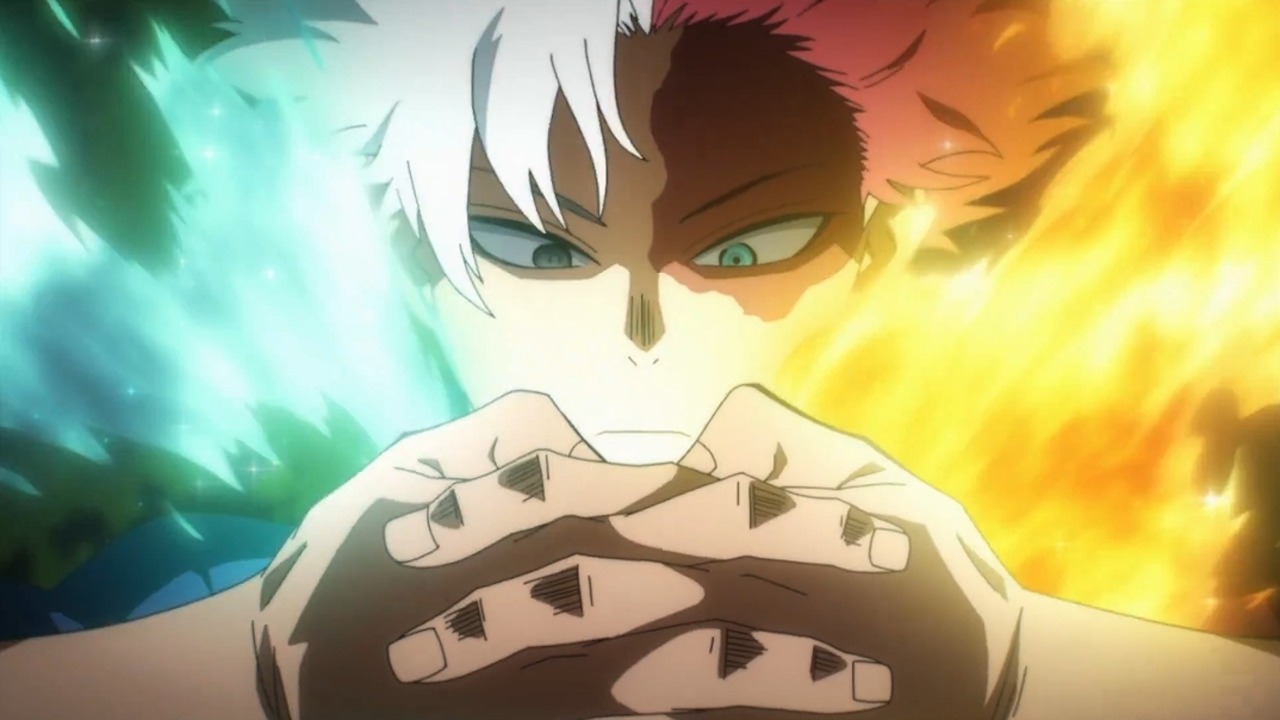
Berserk, a legendary seinen manga renowned for its R-rated dark fantasy content and breathtaking art, serves as a prime example. While several anime adaptations exist, many fans feel that none of them adequately capture the essence of Kentaro Miura’s masterpiece.
This underscores a narrative suggesting that anime may sometimes be overrated or even unnecessary, particularly when considering content that may not translate well to the screen, such as Berserk’s extreme themes and intricate artwork.
While modern anime boasts impressive visuals, certain art styles may lose their essence when animated, as evidenced by Berserk’s adaptations.
Similarly, One-Punch Man’s anime adaptation failed to surpass the original manga, highlighting the enduring influence and power of manga creators who craft compelling narratives and stunning artwork on the pages of black-and-white manga.

